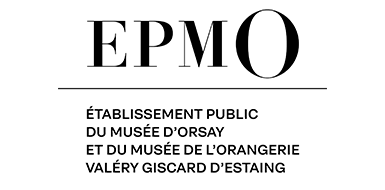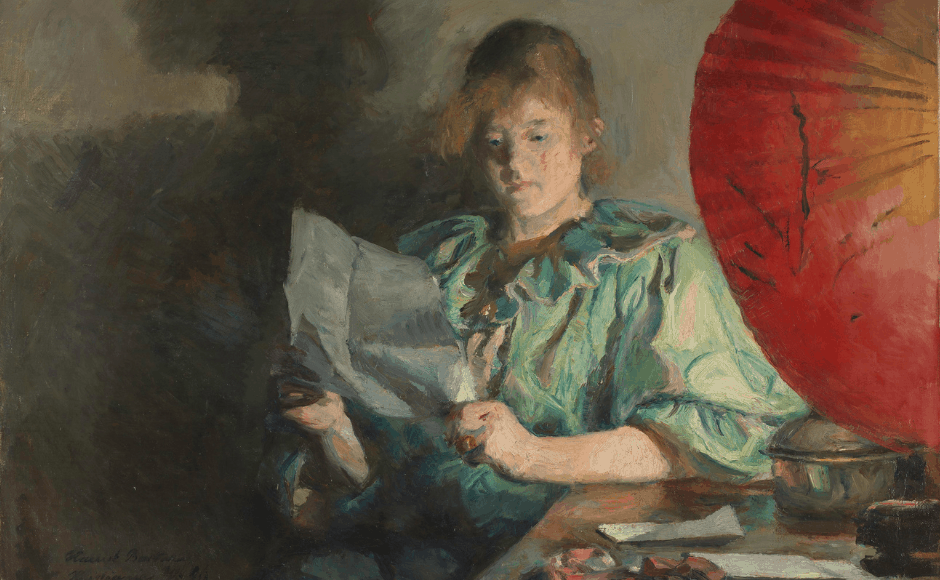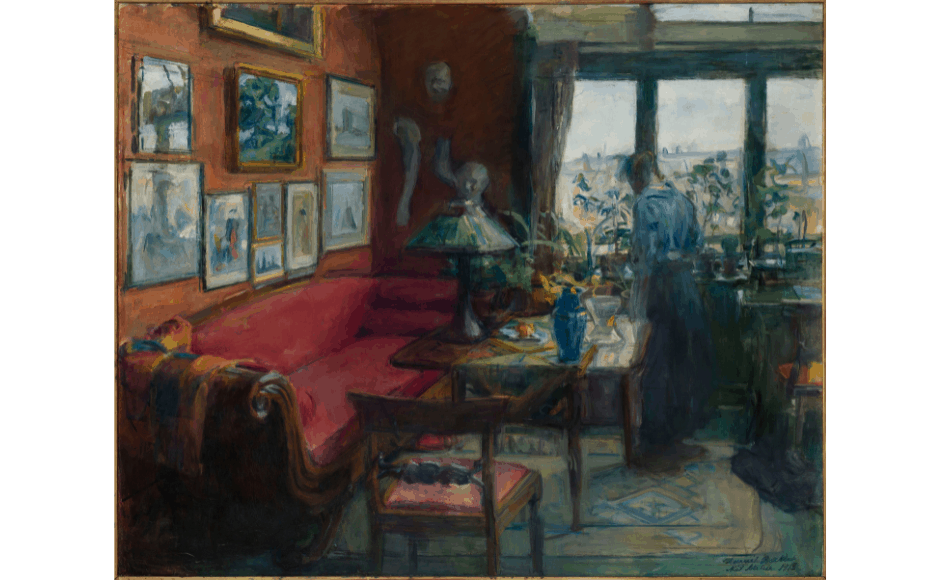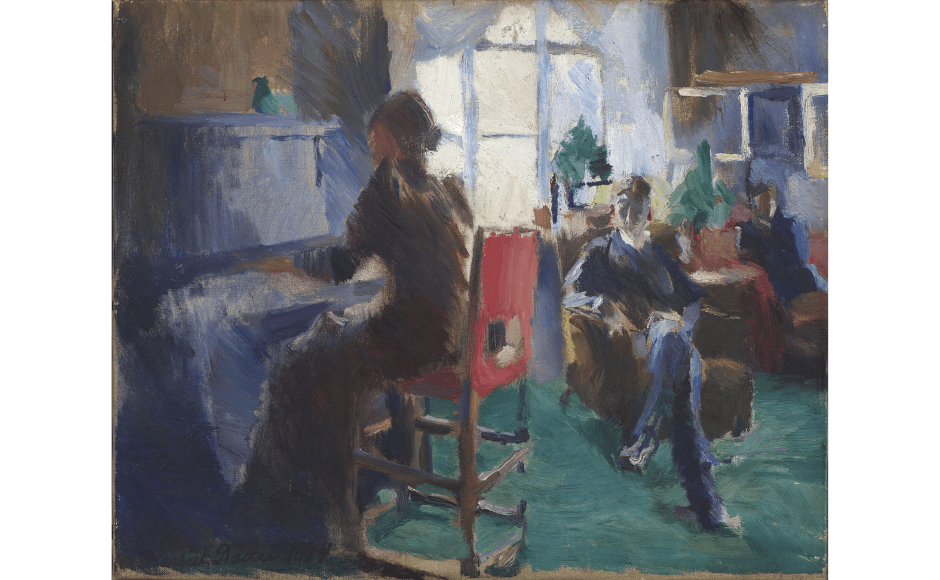





After Louis Janmot. Le Poème de l’âme in 2023, the Fondation Etrillard is once again supporting an exhibition at the musée d'Orsay highlighting the work of a little-known 19th-century painter.
Although celebrated during her lifetime for her undeniable talent, Harriet Backer had fallen into relative obscurity outside her own country, Norway. This rich retrospective, the first exhibition dedicated to this artist in France, is at last bringing her work back into the limelight.
In partnership with leading Norwegian art institutions, it will run from 24 September 2024 to 12 January 2025.

Harriet Backer, « Interior, evening [Aften, interiør] », 1896, Oslo, National museum, © National Museum / Børre Høstland
Although little known outside her own country, Harriet Backer was the most famous female painter in Norway at the end of the 19th century. She achieved a highly personal synthesis of interior scenes and plein-air painting, drawing her inspiration from both the realist movement and the innovations of impressionism with a free brushstroke, a palette that became progressively lighter and a keen interest in variations in light. While Backer's painting evolved stylistically over the course of her long career, she remained faithful to a limited number of subjects and the direct study of her chosen motif.

Harriet Backer, « My workshop », 1918, Bergen, Kode Bergen Art Museum, © Kode / Dag Fosse
As the sister of a renowned composer, Agathe Backer Grøndahl, she placed music at the heart of her work, both as subject and model.
Like many middle-class women, Backer was a trained pianist. The piano had pride of place in her apartments-studios, in Paris and Kristiania (Oslo). The theme of the woman at the piano recurs frequently in Backer's work throughout her career.
More than a theme, music was a model for Backer: she wanted this painting to be "music for the eye". Like many artists of her time, she saw music as the aspiration and model for all art. Using brushstrokes, composition and colour, she created rhythms and colourful harmonies that conveyed the impressions produced by music.

Harriet Backer, « At the piano [Ved pianoet] », 1894, Oslo, National museum, © National Museum / Børre Høstland
Returning to Norway in the early 1890s after training in the great European art capitals of Munich and Paris, Harriet Backer opened a mixed school of painting, which was exceptional for the time. This studio became one of the most important in the country before the creation of the Academy of Fine Arts. This teaching supplemented her income, as she painted so slowly that she couldn't live on the sale of her paintings alone. As a teacher, she encouraged everyone to develop their own style. Backer had a considerable influence on a whole new generation of Norwegian artists.
Participating in numerous exhibition juries, Backer was also a member of the board of directors and the acquisitions committee of the National Gallery of Norway for twenty years.

Harriet Backer, « La Ferme de Jonasberget [Jonasberget] », 1892, Bergen, Kode Bergen Art Museum © Kode / Dag Fosse